
 |
|
? | Home page | Simulators | Free | Lepou
 |
|








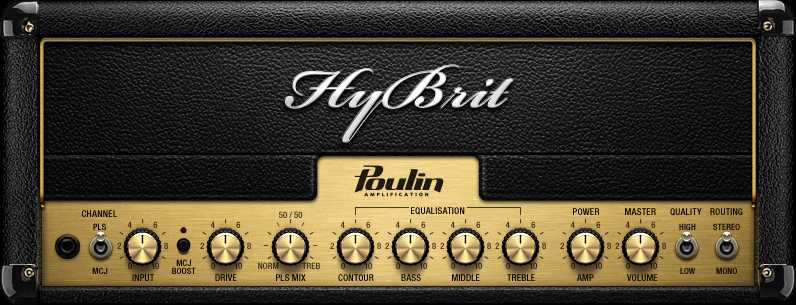













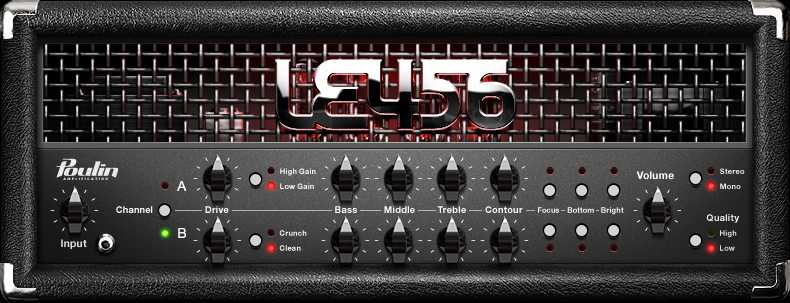













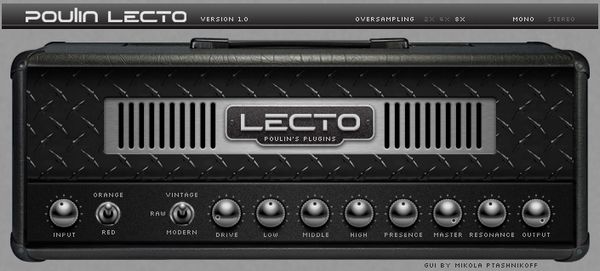










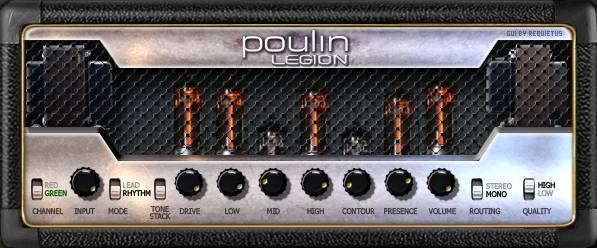











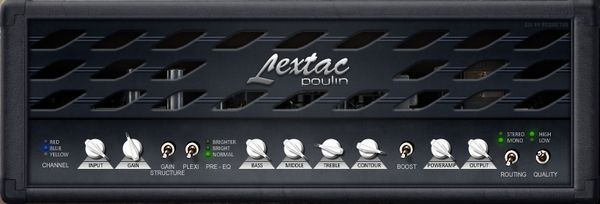











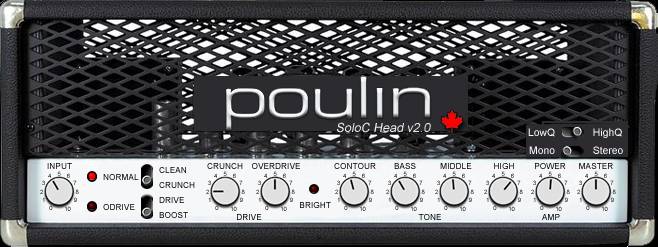






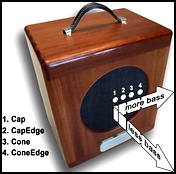
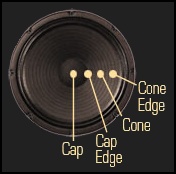
















Messages page # 1 2 3 4 5 6 7 8 9 10 11 12 13 14 15 16 17 18 19 20 21 22 23 24 25 26 27 28 29 30 31 32 33 34 35

mikeviet
le 06/01/2013 à 04h09
Déjà un grand Bravo pour le site !! C`est vrai !!
Maintenant juste une question : y a-t-il un simulateur gratuit pour guitare électro-acoustique ou pas ?
Merci.
* * * * * * * * * * * * * * * *
<em>Merci d’être passé sur mon site !
Concernant votre question sur le simulateur pour guitare électro-acoustique, je ne suis pas sûr de comprendre précisément la question. Est-ce que vous cherchez un simulateur de guitare ou un simulateur d’ampli pour guitare électro-acoustique ?
Dans le premier cas, il s’agirait d’un VSTi (un plugin d’instrument virtuel) reproduisant le son d’une guitare électro-acoustique.
Dans le deuxième cas, il s’agit d’un VST, un simulateur d’ampli en l’occurrence.
Je pense que vous voulez plutôt parler d’un simulateur d’ampli. À ma connaissance, il n’y a pas de simulateur (gratuit tout du moins) spécifiquement conçu pour les électro-acoustiques. Mais il est tout à fait possible d’utiliser des simulateurs d’ampli pour guitare électrique, en prenant de soin de faire des réglages qui évitent toute distorsion.
Prenez par exemple le simulateur NRR1 d’Ignite Amps, choisissez le canal clair (clean) avec un gain très réduit, un niveau d’entrée faible également (2è écran du simulateur, bouton "level input") et cela permettra d’avoir un son qui reste clair, sans aucune saturation.
Ensuite, il faut évidemment ajouter un chargeur d’impulsion, en choisissant une impulsion de baffle adéquate. La plupart des impulsions disponibles sont des impulsions provenant de baffles pour guitare électrique, mais en utilisant des impulsions de baffles Fender ou Vox, on reste sur des baffles capables de bien rendre les sons clairs. Sur ma page d’impulsions (chapitre des impulsions personnelles), je propose des impulsions que j’ai faites moi-même à partir d’un ampli pour guitare électro-acoustique Peavey Ecoustic 110 EFX. Ça marche évidemment très bien avec une guitare électro-acoustique.
Grebz</em>
* * * * * * * * * * * * * * * *
Merci pour ta réponse !!! Je vais essayer Peavey Ecoustic 110 EFX... Un grand merci !

Masteringaddict
le 06/11/2012 à 15h04
Excellent site ! Plein de bons conseils. Je plussoie ceux sur le niveau d'écoute et sur le temps passé sans pause. Si vous ne voulez pas devenir sourd trop tôt, pensez à les imprimer et à les afficher dans votre studio !
J'y rajouterais pour information les conseils sur l'acoustique du lieu de mixage et de mastering, le positionnement des enceintes, les dangers de la compression,etc...
Pour en savoir plus, j'affiche de nombreuses infos sur mon site <a href="http://mastering-addict.com" target="_blank">Mastering Addict</a>.

Christophe
le 03/10/2012 à 19h53
Merci pour ton site, on apprend toujours et encore.
Le lien de mon groupe :
<a href="http://www.lessexesfaibles.fr/" target="_blank">Les Sexes Faibles</a>
* * * * * * * * * * * * * * * *
<em>Très sympa tes chansons !
Grebz</em>

koansinger
le 28/09/2012 à 23h36
Merci pour ce site très riche et complet.
J'ai fait une formation courte de technicien polyvalent du spectacle vivant et nous n'avons fait que survoler l'aspect MAO du métier.
Cependant grâce à vous, j'approfondis nettement mes connaissances dans le domaine, ce qui devient nécessaire lorsqu'on veut enregistrer une pré-prod en solo avec son groupe ;)
Est-il envisageable de vous envoyer mon "produit" fini afin de recueillir vos impressions ?
Merci encore et bravo à vous !
* * * * * * * * * * * * * * * *
<em>Merci de votre appréciation !
Vous pouvez bien sûr m'envoyer votre œuvre pour que j'y jette une oreille attentive, mais je ne suis qu'un amateur passionné qui cherche à partager ses connaissances.
Mon avis aura l'avantage d'être un avis extérieur, avec un œil nouveau sur votre travail, mais ce ne sera pas celui d'un ingénieur du son professionnel.
Grebz</em>

Captain Niglo
le 26/09/2012 à 21h05
Vraiment bien ton site !
Grâce à toi je suis maintenant un pro de la simulation d'ampli :o)
Tu me conseillerais quoi comme plugin pour avoir un son plutôt Jazz ?
* * * * * * * * * * * * * * * *
<em>Je ne pense pas qu'un son typé Jazz s'obtienne avec des plugins particuliers. Je ne m'y connais pas en Jazz, mais je pense que ça se joue à la prise de son (pour ceux qui enregistrent en "vrai", sans simulateurs), dans le choix des instruments, et dans les réglages des plugins (EQ et compression notamment). Qu'on joue du Metal, du Blues, du Jazz ou du Rock (je reste dans le domaine des musiques à base de guitares et basses), un EQ reste un EQ, un compresseur reste un compresseur.
Le son Jazz est sans aucun doute plus "brut" que celui du Metal, la gamme des effets appliqués est plus restreinte. Après, ça dépend aussi de quel catégorie de Jazz on parle. Entre le Jazz New Orleans, l'Acid Jazz, le Free Jazz ou le Jazz Manouche, il y a un monde.
Pour retrouver le son du Jazz que tu aimes, je te conseille de te baser sur une musique de référence que tu aimes beaucoup, et dont tu aimerais te rapprocher et tenter de reproduire, instrument par instrument, les réglages qui te permettront d'atteindre ton but. Ce ne sera peut-être pas évident, tu vas peut-être faire beaucoup d'essais/erreurs, mais ce sera très formateur dans ton apprentissage des outils.
Grebz</em>
